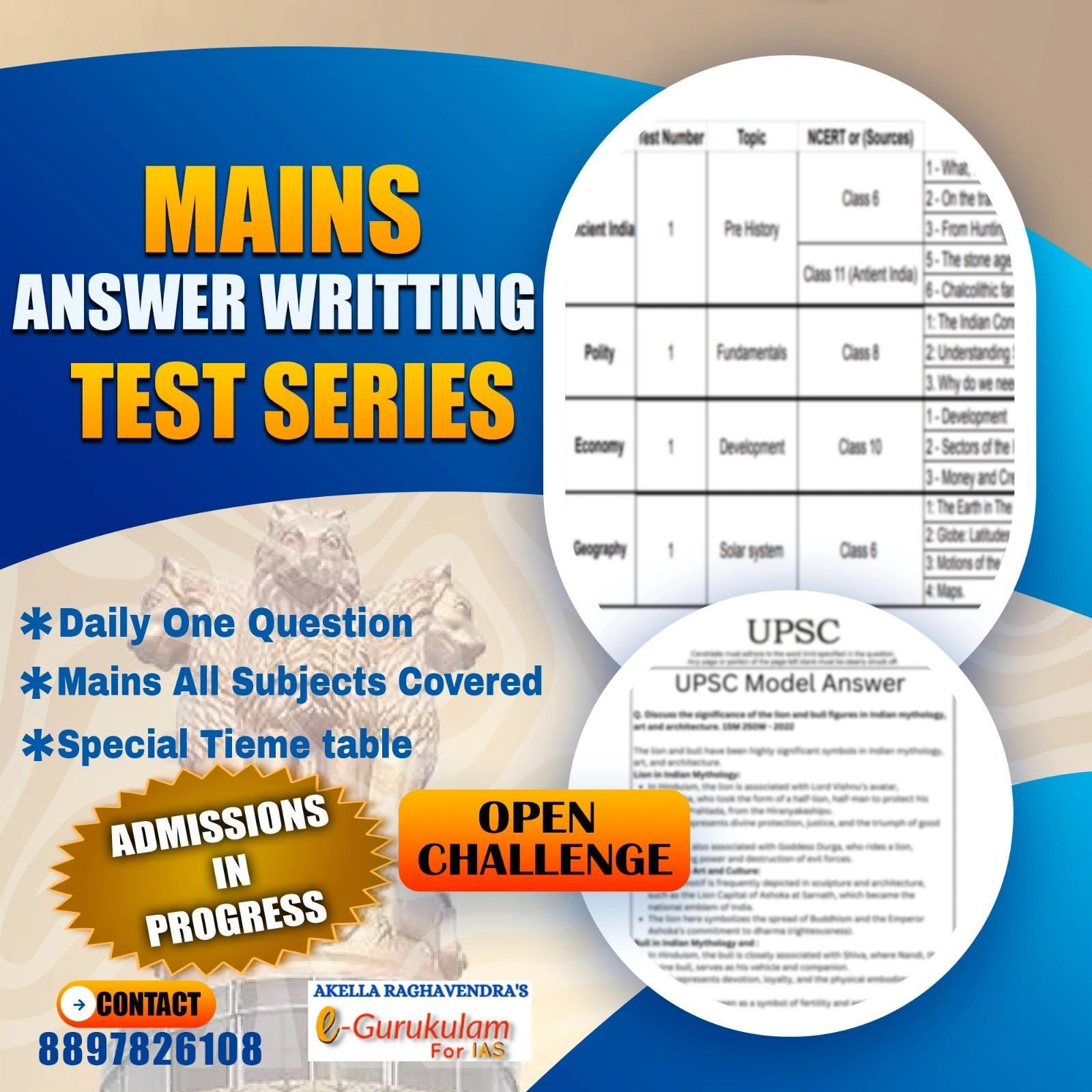Combating Judicial Corruption
Constitutional Provisions regarding the impeachment of Judges of Supreme Court
Article 124(4):
A Judge of the Supreme Court shall not be removed from his office except by an order of the President passed after an address by each House of Parliament supported by:
- a majority of the total membership of that House, and
- by a majority of not less than two-thirds of the members of that House present and voting, has been presented to the President in the same session for such removal on the ground of proven misbehaviour or incapacity.
Article 124(5)
Parliament may by law regulate the procedure for the presentation of an address and for the investigation and proof of misbehaviour or incapacity.
- Based on this provision, the Judges (Inquiry) Act, 1968 was enacted.
What is the Judges Enquiry Act, 1968?
The Judges (Inquiry) Act, 1968 is a law enacted by the Indian Parliament under the powers given by Article 124(5) of the Constitution. It lays down the detailed procedure for the investigation and removal (impeachment) of judges of the Supreme Court and High Courts for proven misbehaviour or incapacity.

Process of Removal (Step-by-Step)
1. Initiation of the Process
- A removal motion must be signed by:
- 100 members (if initiated in Lok Sabha), or
- 50 members (if initiated in Rajya Sabha)
- The motion is submitted to the Speaker or Chairman.
2. Admittance of the Motion
- The Speaker or Chairman may admit or reject the motion.
- If admitted, they constitute a 3-member inquiry committee under the Judges (Inquiry) Act, 1968.
3. Constitution of the Inquiry Committee
The committee includes:
- A Supreme Court judge
- A Chief Justice of a High Court
- A distinguished jurist
The committee investigates the charges and gives a report.
4. Report of the Committee
- If the committee finds the judge guilty, the motion can proceed in Parliament.
- If the judge is not found guilty, the motion is dropped.
5. Parliamentary Procedure
- The motion must be passed in both Houses:
- By a majority of total membership of the House
- By two-thirds majority of members present and voting
This must happen in the same session of Parliament.
6. Presidential Order
- Once passed in both Houses, the motion is presented to the President.
- The President issues an order for removal.
Is impeachment an effective Mechanism for Judicial accountability?
The Impeachment Process of Judges under Article 124(4) & (5) ensures judicial independence but it has challenges too.
Limitations:
- It is highly Politically driven process
- It is rarely used (Justice Soumitra Sen (Calcutta HC), 2011 and Justice V. Ramaswami (SC), 1993 - faced impeachment motions, no SC judge removed till date)
- It is impractical as a regular accountability tool.
In-House Mechanism in Supreme Court:
The in-house mechanism is a self-regulatory system created by the judiciary to deal with its own members. While it protects judicial independence, its lack of transparency, statutory status, and enforceability limits its effectiveness. There is a growing demand for a legally backed and transparent judicial accountability framework.
- In the case of Justice Soumitra Sen (Calcutta HC) and Justice P.D. Dinakaran, in-house proceedings were conducted but could not effectively lead to removal until impeachment was initiated.
- In the Justice Yashwant Varma case (recent), questions have again been raised about the transparency of the in-house process.
Reforms in Appointment and Disciplinary Process:
- Revive Judicial Standards and Accountability Bill, 2010: The Bill proposed clear standards for judicial conduct and a mechanism for complaints, aiming to ensure transparency and accountability, but lapsed due to concerns over judicial independence.
- Need for an Independent Oversight Body: Judicial accountability should not rest solely with the judiciary or government; an independent statutory body can investigate misconduct fairly and restore public trust in the judiciary.
Judicial Appointments
- NJAC Struck Down for Violating Independence: The National Judicial Appointments Commission (NJAC) was struck down by the Supreme Court in 2015 for compromising judicial independence due to excessive executive influence.
- Collegium Lacks Transparency and Diversity: The current collegium system operates opaquely with no formal criteria, often criticized for ignoring regional, gender, and social diversity in judicial appointments.
Transparency and Public Disclosure
- Inquiry Reports Should Be Made Public: To build public confidence, internal inquiry reports must be published with privacy safeguards, ensuring fair process and deterring future judicial misconduct.
- Boosts Public Confidence and Credibility: Transparency in disciplinary proceedings reassures citizens about the integrity of the judiciary and upholds its credibility in a democracy.
Contempt of Court Law Reform
- Present Laws Discourage Fair Criticism: Current contempt provisions are broad and subjective, often suppressing legitimate criticism and hindering journalistic and academic scrutiny of judicial behavior.
- Balance Free Speech and Judicial Dignity: Reforms should allow respectful public discourse on judicial performance while preserving the dignity and authority of the courts in a democratic society.













